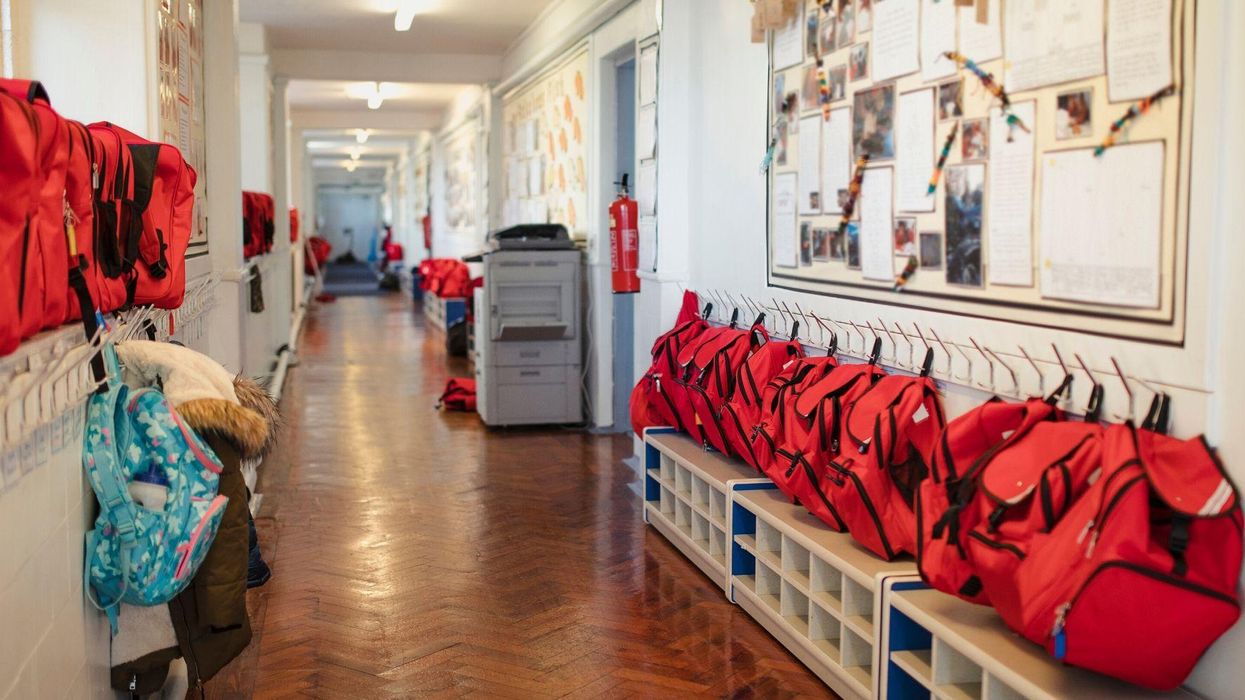News
Sanjana Varghese
Apr 27, 2020

iStock
For children in the first few years of primary school, lockdown measures have probably been confusing and annoying – but that could be set to change, as some schools re-open.
Schools were some of the first places to close as governments around the world started to respond to the Covid-19 pandemic, and in some countries, they’ve already started to open up again. But as kids head back into schools (famously germ-infested places) – parents and teachers are faced with a new dilemma: how do you keep kids apart?
So far, there is minimal evidence to suggest that children can be severely affected by Covid-19. In addition to the fact that getting children back into schools would ease the burden on working parents, this has led governments that are starting to ease their lockdowns to start sending some kids back to school.
Authorities in countries where schools are reopening have guidelines about how best to make sure that schools don’t become a source of Covid-19 transmission within communities.
Norway
In Norway, children in primary school were allowed back into the classroom – with strict guidelines. Parents pick up and drop off kids at staggered times, and they aren’t allowed into the school. Schools have more handwashing facilities, and surfaces and toys are cleaned twice a day.
Depending on their age, children were made to socialise in groups of three or six – older children could socialise in groups of six – and at many schools, white lines, smiley faces and other markings were used to mark out 2 metres. Children also aren’t allowed to bring in toys from home either, and classes had a maximum capacity of 15 students.
Denmark
Denmarkhas also reopened schools – not just for children in kindergarten, but also children in the first five years of school. Children are encouraged to play at a respectful distance from each other, and have staggered playtimes, and are reminded to wash their hands and sanitise as they come indoors. In some schools, individual desks have been brought in from classrooms which are being used, so that children don’t have to share tables. There is roughly one teacher to every 10 students, and children are being asked to do classes outside – with marquees – as much as possible.
They’ve also recommended 2 metres between tables as well as 6 square metres per child. Surfaces like door handles, taps, and tables are expected to be disinfected twice a day.
In both Denmark and Norway (as well as Iceland and Sweden, neither of which actually closed primary schools), young children have been the first to go back. Although they’re the age group that’s most likely to touch everything they possibly can, there’s little evidence to suggest that children face severe health consequences as a result of Covid-19.
China
For students around China, other provisions have been put into place – such as making masks compulsory, and installing thermal imaging cameras around schools so that children have their temperature taken as they head into buildings. In one primary school in Hangzhou, an eastern region of China, students were made to wear “one-metre” hats – which had a piece of plastic extending out from either side of their head – to maintain an appropriate social distance.
Students at Yangzheng Primary School in Hangzhou wear DIY “one-meter hats” on the first day of the new semester. Th… https://t.co/CyO3adztr3— Sixth Tone (@Sixth Tone) 1587910503
These measures are more intensive than the measures put in place elsewhere, which haven’t included infrared imaging or compulsory mask-wearing in the same way.
However, schools in China have reopened for all ages, not just for kindergarteners or kids who are in primary school.
Taiwan
Similarly, in Taiwan, students and staff wear masks and have to undergo security measures when they get to school. Windows and air vents in classrooms have been opened up, and any schools with two or more confirmed Covid-19 cases must close.
Germany
In other countries, schools will start to reopen soon, on a staggered basis. In Germany, which is split into different regions with their own governments, some regions will be reopening schools on the 4 May, with students who are set to take exams or graduate being able to go back to school in regions like Berlin.
Children in primary school will also be allowed back into school in those regions. However, schools have remained open for the children of essential workers – in these schools – and social distancing measures like those in Norway, have been put in place.
Top 100
The Conversation (0)
x













